Remember when TV networks would run those cheesy infomercials at 3 AM? You know, the ones selling miracle kitchen gadgets or revolutionary fitness equipment that somehow only seemed appealing when you were half-asleep? Well, those late-night marketing decisions weren’t random – they were actually early examples of dayparting, a strategy that’s evolved from those questionable midnight marketing choices into one of digital advertising’s most powerful tools.

As someone who’s spent years helping brands optimize their digital presence, I’ve watched dayparting transform from a simple “when to show ads” tactic into an intricate dance of timing, technology, and human behavior. It’s fascinating how something that started with basic TV scheduling has become a crucial element in the AI-powered advertising landscape we navigate today.
The Evolution of Dayparting: From TV Guide to AI Guide
Back in the broadcast era, dayparting was pretty straightforward – divide the day into chunks based on who’s watching TV when. Morning news for early birds, soap operas for the stay-at-home crowd, after-school cartoons for kids, and prime-time entertainment for everyone else. Radio followed a similar pattern, with drive-time shows targeting commuters and different music formats throughout the day.
But here’s where it gets interesting: the digital revolution didn’t just add new channels – it completely rewired how we think about timing and audience behavior. Suddenly, we weren’t just dealing with broad dayparts like “prime time” or “late fringe daypart” – we were looking at microscopic segments of user activity across multiple devices and platforms.
The Science Behind Modern Dayparting
Think of dayparting as a time-traveling marketing superpower. Instead of blasting your message 24/7 and hoping it sticks, you’re strategically choosing when your audience is most likely to be receptive. It’s like knowing exactly when your friend checks their phone and timing your text to appear right at that moment.
But here’s the kicker – modern dayparting isn’t just about picking time slots. It’s about understanding the complex patterns of human behavior in the digital age. When do people shop online? When do they research products? When are they most likely to engage with ads? These patterns vary dramatically by industry, platform, and audience segment.
Discover how communities like the eBay community engage at different times.
Breaking Down Traditional Dayparts
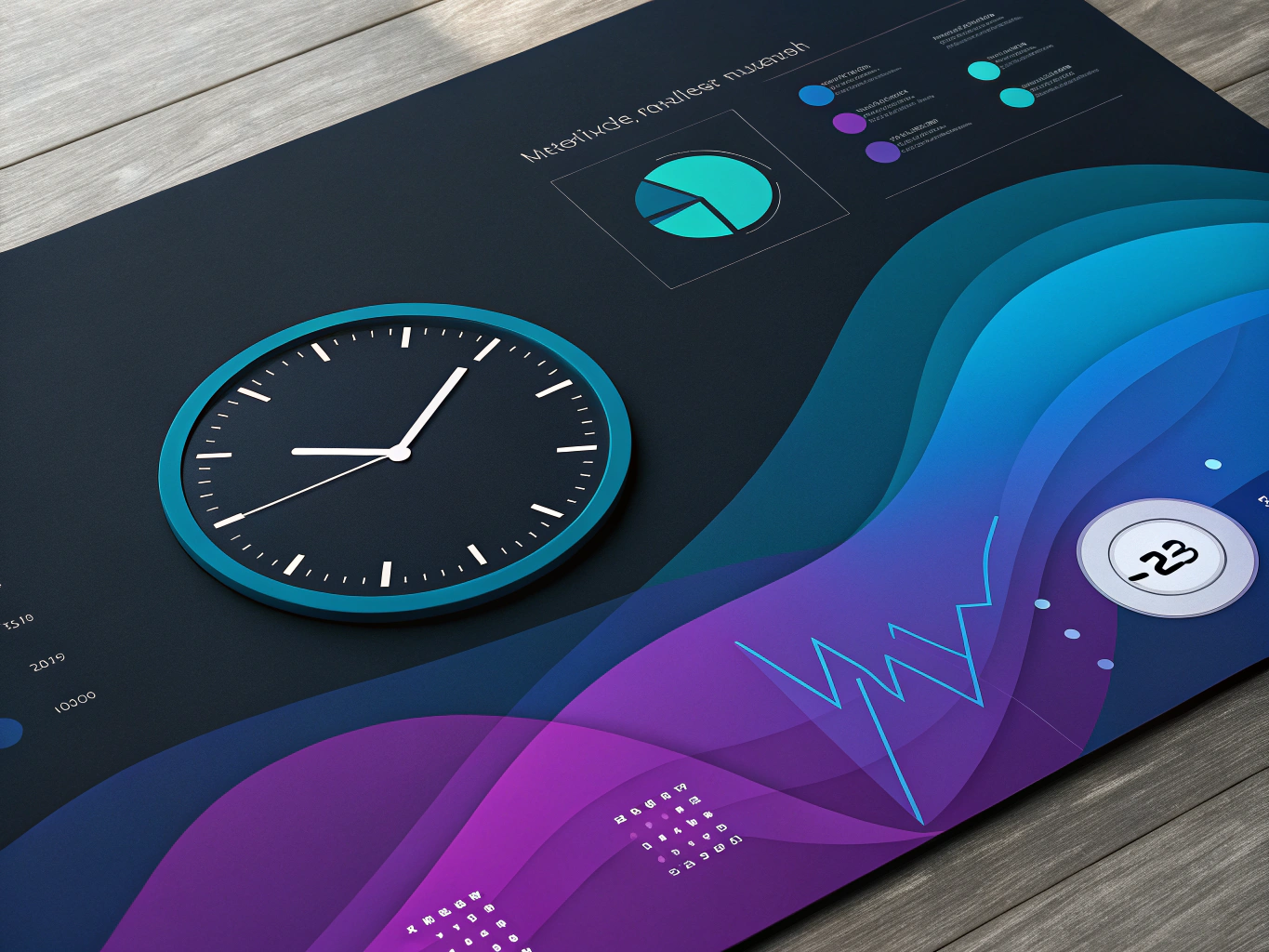
Before we dive into the digital stuff, let’s break down the classic broadcast dayparts that still influence how we think about timing:
- Early Morning (5-9 AM): News and information-heavy content
- Daytime (9 AM-4 PM): Lifestyle and entertainment programming
- Early Fringe (4-7 PM): Local news and transitional programming
- Prime Time (7-11 PM): Peak viewing hours with premium content
- Late Fringe (11 PM-2 AM): Late-night entertainment
- Overnight (2-5 AM): Infomercials and repeat programming
Digital Dayparting: Where Art Meets Science
Here’s where things get really interesting. Digital dayparting isn’t just about time slots – it’s about understanding the intersection of multiple factors:
- Device Usage Patterns: When are people on their phones vs. desktops?
- Platform Behavior: Different social media peaks throughout the day
- Purchase Intent Cycles: When do people research vs. buy?
- Geographic Considerations: Time zones and cultural differences
- Industry-Specific Patterns: B2B vs. B2C timing variations
The Psychology of Time-Based Marketing
Let’s get into the fascinating psychology behind why dayparting works. Humans are creatures of habit, even in our seemingly chaotic digital lives. We tend to follow predictable patterns in our online behavior, creating what I like to call “digital desire windows” – specific times when we’re most likely to engage with certain types of content or make purchasing decisions.
For example, research shows that B2B decision-makers are most likely to engage with content during traditional business hours, while e-commerce purchases often peak during lunch breaks and evening hours. Understanding these patterns is crucial for effective ad scheduling and content delivery.
The Mobile Revolution’s Impact on Dayparting
Remember when “prime time” meant 8-11 PM in front of the TV? Mobile devices have completely shattered that paradigm. Now we have multiple “prime times” throughout the day, each with its own characteristics and opportunities. The morning commute has become a crucial mobile engagement window. Lunch breaks are peak shopping times. Evening hours see spikes in social media engagement.
This fragmentation of attention has made dayparting both more complex and more powerful. It’s no longer about choosing the best hour – it’s about understanding the micro-moments that matter for your specific audience and message.
Platform-Specific Dayparting Strategies
Each platform has its own unique rhythm and optimal timing patterns. Let’s break down some key platforms:
Google Ads Time Optimization
Google Ads offers some of the most sophisticated dayparting tools available. You can adjust bids by hour of day, day of week, and even location. But here’s the thing – the best time to run Google ads isn’t universal. It depends entirely on your audience’s search patterns and purchase behavior.
Social Media Scheduling
Social platforms each have their own prime times for engagement:
- LinkedIn: Business hours, especially Tuesday through Thursday
- Instagram: Evenings and weekends
- Facebook: Mid-day and early evening
- Twitter: Commute times and lunch breaks
For example, many people wonder, is Facebook Marketplace free? Understanding platform-specific policies like these can influence the best timing for ads and promotions.
Amazon PPC Dayparting
Amazon’s marketplace has its own unique patterns. Many sellers optimize their strategy using tools like an Amazon Chrome extension to track trends and automate pricing adjustments in real time. While many advertisers focus on traditional shopping hours, there’s often untapped potential in off-peak times when competition (and costs) are lower but purchase intent remains high.
Advanced Dayparting Techniques
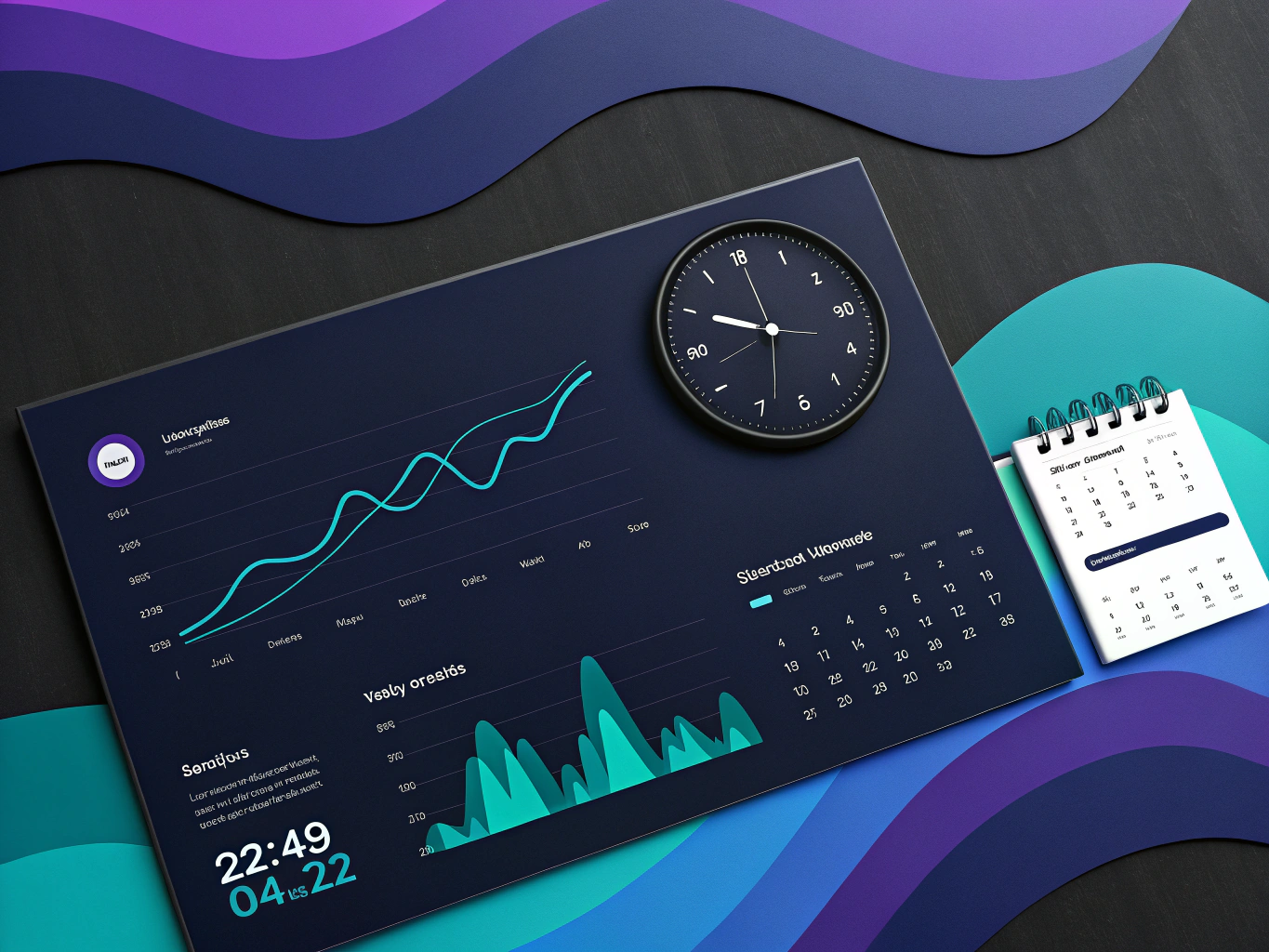
Now let’s talk about some advanced strategies that can take your dayparting game to the next level:
Dynamic Dayparting
This is where AI really shines. Instead of static schedules, dynamic dayparting uses machine learning to adjust timing in real-time based on performance data. It’s like having an AI assistant that constantly optimizes your ad schedule based on actual results rather than predetermined rules.
Remember when weather forecasts were just educated guesses? Now we’ve got AI that can predict rain down to the minute. Dynamic dayparting works the same way – adjusting your ad schedule based on real-time factors like:
- Weather conditions (umbrella ads when it’s about to rain)
- Local events (food delivery ads during big sports games)
- Competitor activity (bidding up when they bid down)
- Social media trends (riding viral waves)
Cross-Channel Coordination
The real magic happens when you coordinate dayparting across multiple channels. Imagine timing your email campaigns to hit inboxes just as your social media posts go live, supported by search ads during peak research hours. It’s about creating a synchronized symphony of touchpoints.
The key to successful dayparting isn’t just about knowing when to show up – it’s about understanding the context of each time window and adapting your message accordingly. Morning commuters might respond better to quick, attention-grabbing messages, while evening browsers might engage more with detailed content. Learn about AI tools for ecommerce that can help.
Science Behind Dayparting: Understanding Consumer Behavior
Let’s get real for a second – we’ve all been guilty of late-night shopping sprees or sending work emails at 3 AM (guilty as charged). But here’s the thing: these behaviors aren’t random. They’re part of distinct patterns that make dayparting such a powerful tool for marketers.
Think of dayparting like a Netflix show’s release schedule. You wouldn’t drop a new season of Stranger Things at 4 AM on a Tuesday – unless you’re specifically targeting insomniacs and college students pulling all-nighters. The same logic applies to your ad campaigns. For ecommerce, learn how to start an ecommerce business on Amazon.
The Psychology of Time-Based Consumer Behavior
Here’s something fascinating: our brains operate on what scientists call “circadian preferences.” It’s not just about being a morning person or a night owl – it’s about how these patterns affect our decision-making. During my time running ProductScope AI, I’ve noticed that B2B clients tend to see higher engagement rates between 10 AM and 4 PM, while D2C brands often peak during evening hours.
But it gets even more interesting when you dig into the data. Studies show that people are more likely to make emotional purchases in the evening – probably why those late-night Amazon purchases seemed like such a good idea at the time. Morning hours, on the other hand, tend to favor rational decision-making.
Traditional Media Dayparting: The OG Playbook
Before we had fancy AI-powered ad platforms and real-time bidding, traditional media figured out dayparting through good old-fashioned trial and error. And honestly? They nailed some fundamentals that still hold true today.
Television Dayparting Segments: More Than Just Prime Time
TV dayparts might seem old school, but they’ve given us a blueprint for understanding audience behavior. Prime time isn’t just about more viewers – it’s about context. When people are winding down after dinner, they’re in a different headspace than during the morning news rush.
- Early Morning (5-9 AM): News and information-heavy content
- Daytime (9 AM-4 PM): Lifestyle and educational programming
- Early Fringe (4-7 PM): Local news and early evening shows
- Prime Time (7-11 PM): Peak entertainment hours
- Late Fringe (11 PM-2 AM): Late-night entertainment
Radio Dayparting Strategy: The Original Mobile Medium
Radio might seem like your grandfather’s medium, but it pioneered mobile advertising before smartphones were a thing. The “drive time” concept – targeting commuters during rush hours – is basically the ancestor of modern location-based mobile advertising.
Digital Advertising Dayparting: Where the Magic Happens
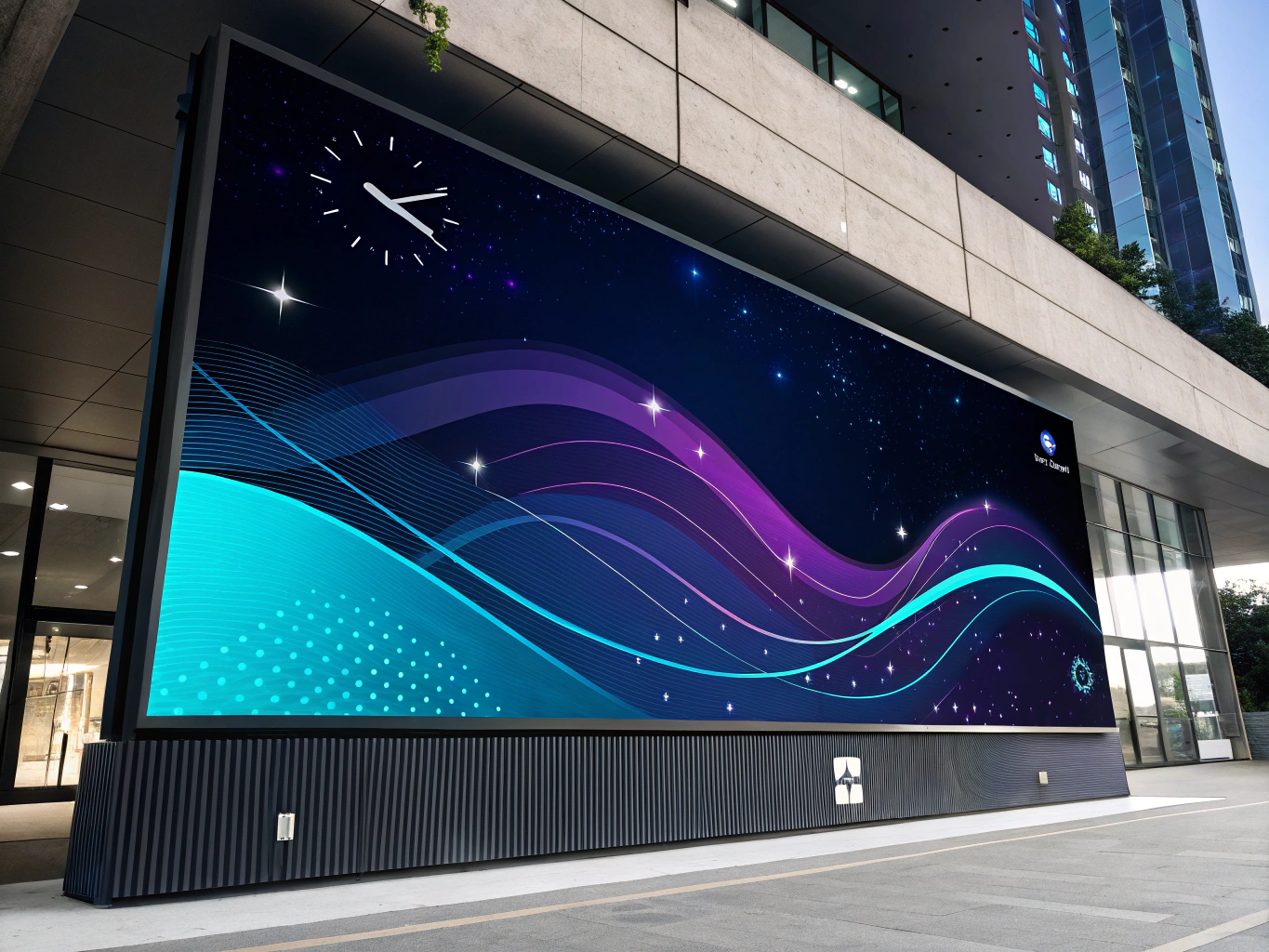
Now we’re getting to the good stuff. Digital dayparting is like traditional dayparting with superpowers. Instead of broad time blocks, we can get granular – really granular.
Platform-Specific Timing: Not All Channels Are Created Equal
Each platform has its own prime time, and it’s not always when you’d expect. LinkedIn? Tuesday through Thursday, 9 AM to noon. Instagram? Wednesday at 11 AM and Friday at 10-11 AM. These aren’t random numbers – they’re behavioral patterns that emerge from millions of data points.
The Mobile Factor: Always-On Doesn’t Mean Always Effective
Here’s a mind-bender: even though people are “always on” their phones, there are still optimal times to reach them. It’s not about device activity – it’s about mindset and context. An ad for office supplies might bomb at 8 PM when someone’s scrolling through Instagram, but crush it at 10 AM when they’re in work mode.
Industry-Specific Applications: One Size Doesn’t Fit All
Working with hundreds of brands at ProductScope AI has taught me that different industries need radically different approaches to dayparting. What works for a luxury fashion brand would be disastrous for a B2B software company.
E-commerce Dayparting: The Art of the Sale
E-commerce dayparting is fascinating because it often defies conventional wisdom. Sure, weekday evenings are generally strong, but I’ve seen luxury brands crush it at 6 AM – turns out their audience likes to browse while having their morning coffee.
B2B Dayparting: The Professional’s Timeline
B2B is its own beast. The classic “business hours” approach isn’t wrong, but it’s incomplete. Decision-makers often do their research outside office hours – when they finally have time to think strategically rather than tactically.
And here’s a pro tip that most people miss: B2B dayparting should account for the entire buying committee’s schedule, not just the primary decision-maker. That VP might be checking email at 7 AM, but the technical evaluator is probably doing their deep-dive research at 10 PM.
ROI Optimization: Making Every Dollar Count
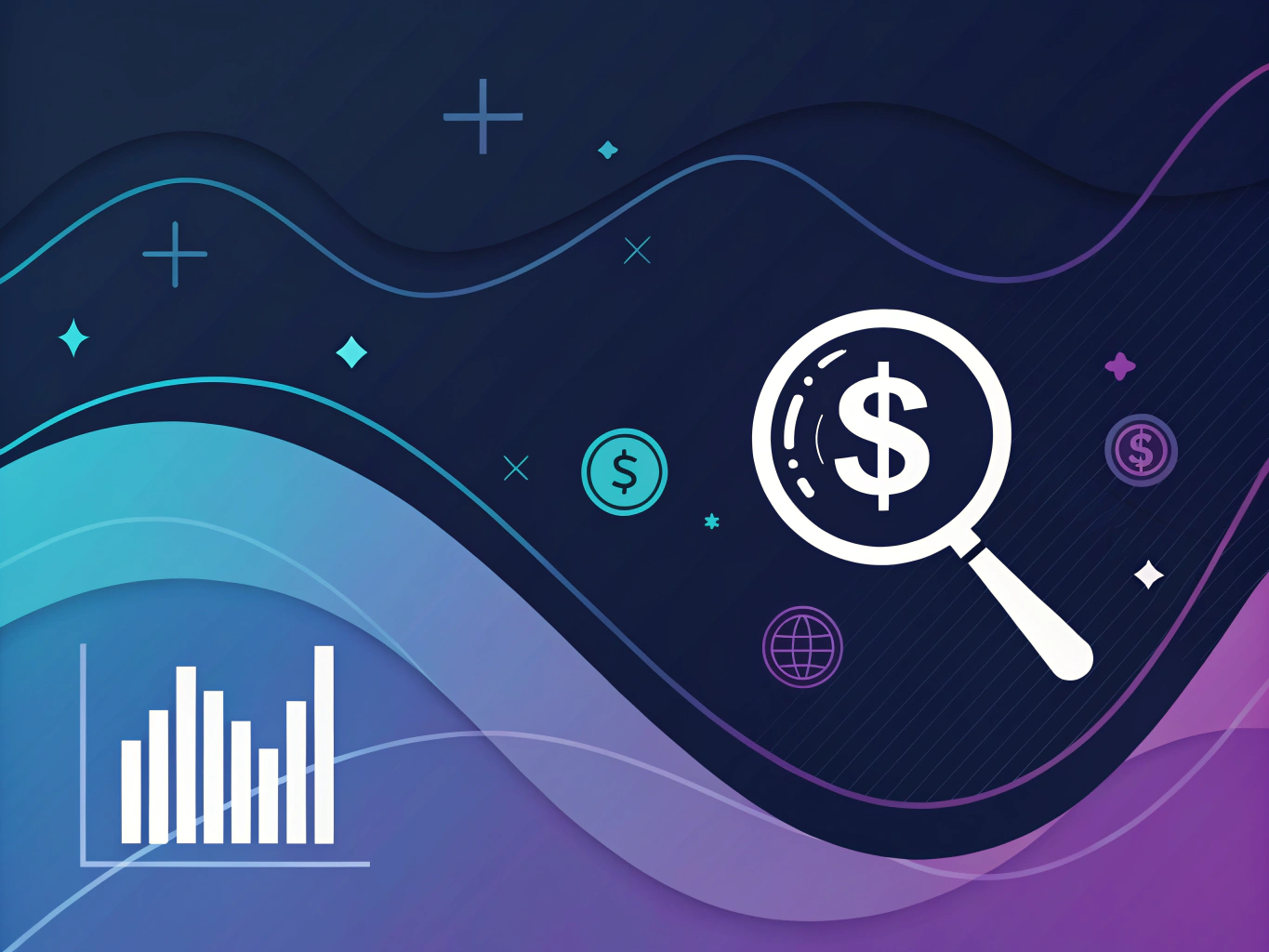
Let’s talk money. Because at the end of the day, dayparting isn’t about following arbitrary schedules – it’s about maximizing return on investment. And in my experience, smart dayparting can often deliver better results than increasing your overall ad budget.
Budget Allocation: Timing is Money
Here’s a counter-intuitive finding from our data: the highest-traffic times aren’t always the best times to advertise. Sometimes, you can get better results by targeting off-peak hours when competition (and therefore costs) are lower, but intent is higher. Sellers also need to consider factors like the Amazon Marketplace charge, which can affect pricing strategies and profitability during different dayparts.
Think about it like this: would you rather be one of fifty billboards on a busy highway, or the only billboard on a quieter road that leads directly to your store? That’s the kind of strategic thinking that effective dayparting requires.
Regional and Cultural Considerations in Dayparting
Let’s talk about something that often gets overlooked in dayparting discussions: the human element. Because at the end of the day (pun absolutely intended), we’re not just dealing with time slots and analytics – we’re dealing with real people living real lives across different cultures and time zones.
Geographic Variations: It’s Not Just About Time Zones
Here’s a mind-bender for you: while your target audience in New York is having their morning coffee, your potential customers in London are heading home for dinner. And guess what? They’re both probably scrolling through their feeds, but their mindsets couldn’t be more different.
Time zone management in dayparting is like playing 4D chess. You need to consider not just the clock, but the cultural context of time itself. Take Spain, for instance – their prime time TV starts at 10 PM, while in the US, that’s when many are heading to bed. These aren’t just scheduling quirks; they’re deeply embedded cultural patterns that directly impact ad performance.
Cultural Differences That Shape Dayparting Strategy
Remember when Starbucks tried to sell coffee in Italy during traditional aperitivo hours? Yeah, that didn’t go so well. Cultural preferences aren’t just about what people buy – they’re about when they’re ready to engage with your message.
In many Middle Eastern countries, engagement rates soar during Ramadan’s nighttime hours. Meanwhile, in China, shopping peaks during lunch breaks, with mobile commerce driving massive spikes in activity. These aren’t just interesting factoids – they’re crucial dayparting insights that can make or break your campaign.
The Future of Dayparting: Where AI Meets Human Behavior
If you think dayparting is just about scheduling ads, you’re missing the bigger picture. The future of dayparting is being reshaped by AI and machine learning in ways that would make sci-fi writers proud (and maybe a little nervous).
Emerging Technologies: Beyond Basic Scheduling
AI isn’t just helping us schedule ads – it’s fundamentally changing how we understand time-based consumer behavior. Machine learning algorithms are now capable of predicting optimal ad timing not just based on historical data, but on real-time factors like weather patterns, local events, and even social media sentiment.
Think of it like having a super-smart intern who never sleeps, constantly analyzing patterns and making micro-adjustments to your dayparting strategy. Except this intern can process millions of data points per second and doesn’t need coffee breaks.
Privacy Considerations in Modern Dayparting
Here’s where things get interesting (and a bit thorny). With the death of third-party cookies and increasing privacy regulations, dayparting strategies need to evolve. We’re moving from tracking individual behaviors to understanding aggregate patterns while respecting user privacy.
It’s like trying to predict traffic patterns without following individual cars – challenging, but not impossible. The key is focusing on patterns and trends rather than individual tracking.
Best Practices for Modern Dayparting
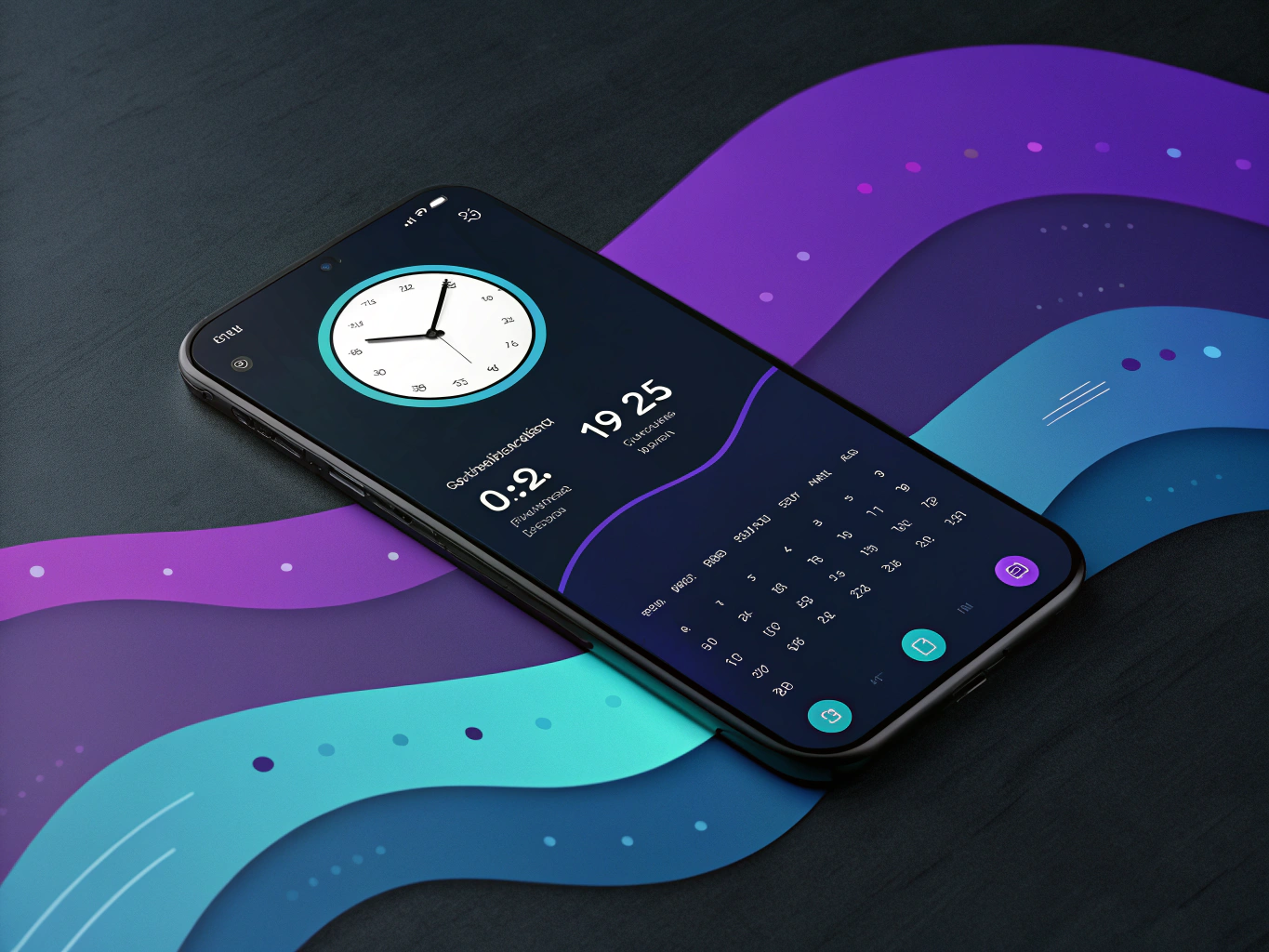
After years of testing and countless dollars spent on ads across every imaginable daypart, I’ve learned that successful dayparting isn’t about following a rigid playbook – it’s about understanding and adapting to your specific audience’s rhythms.
Strategy Development: Start With Your Audience
The most common mistake I see brands make? Copying their competitors’ dayparting strategies without understanding why those strategies work (or don’t). Your audience has its own unique patterns and preferences. Start there.
Use your analytics tools to identify when your audience is most engaged. Look for patterns in your conversion data. But don’t just look at when people are buying – look at when they’re researching, comparing, and making decisions.
Common Pitfalls to Avoid
Want to know the fastest way to waste your ad budget? Over-segmentation. I’ve seen brands slice their dayparts so thin they might as well be serving ads to ghosts. There’s a sweet spot between being specific and being practical.
Another classic mistake? Forgetting to account for seasonal changes. Your summer dayparting strategy shouldn’t look identical to your winter one, especially if you’re running an ecommerce operation.
Measuring Success: Beyond Basic Metrics
Here’s where the rubber meets the road. All the fancy dayparting strategies in the world don’t mean anything if you can’t measure their impact effectively.
Key Performance Indicators That Actually Matter
Yes, click-through rates and conversion rates matter. But what about customer lifetime value during different dayparts? What about the quality of engagement during different times? These deeper metrics tell a more complete story about your dayparting effectiveness.
Look at your cost per acquisition across different dayparts, but also consider the average order value and customer satisfaction metrics. Sometimes your “best” performing daypart isn’t actually your most profitable.
The Continuous Optimization Loop
Dayparting isn’t a “set it and forget it” strategy. It’s more like tending a garden – it needs constant attention and adjustment. Set up regular review cycles, test new approaches, and always be ready to adapt to changing consumer behaviors.
Use A/B testing to challenge your assumptions. Maybe your late-night ads aren’t performing well because of the timing – or maybe it’s the creative that needs refreshing. Testing helps you separate correlation from causation.
Final Thoughts: The Human Side of Dayparting
At its core, dayparting is about understanding human behavior. It’s about recognizing that people aren’t robots who respond to ads the same way 24/7. They’re complex beings with daily rhythms, cultural practices, and changing needs.
The most successful dayparting strategies I’ve seen don’t just focus on the technical aspects – they consider the human element. They ask questions like: “When are our customers most receptive to our message?” “What are they doing when they see our ads?” “How can we add value to their daily routine rather than interrupt it?”
As we move forward, the intersection of AI and human behavior will become increasingly important in dayparting. The technology will get smarter, but the fundamental need to understand and respect human patterns will remain constant.
Remember: timing isn’t everything, but in the world of digital advertising, it’s pretty damn close. Use these insights to craft a dayparting strategy that respects both your audience’s time and your marketing goals. And don’t forget to keep testing, learning, and adapting – because that’s how you stay ahead in this ever-evolving digital landscape.
The future of dayparting is bright, and it belongs to those who can balance the power of technology with a deep understanding of human behavior. Are you ready to take your dayparting strategy to the next level?
👉👉 Create Photos, Videos & Optimized Content in minutes 👈👈
Frequently Asked Questions
What are broadcast dayparts?
Broadcast dayparts refer to the division of the broadcast day into segments, each targeting different audience demographics based on their typical media consumption habits during those times. Common dayparts include morning drive, daytime, afternoon drive, and nighttime, each with its own peak audience characteristics and advertising strategies.
What is dayparting?
Dayparting is a marketing and broadcasting strategy that involves dividing the day into specific segments and tailoring content or advertisements to suit the audience most likely to be engaged during those times. This approach helps optimize reach and effectiveness by aligning with the target audience’s daily routines and media consumption patterns.
How to do dayparting on Linkedin ad?
To do dayparting on LinkedIn Ads, navigate to the Campaign Manager and select the campaign you wish to edit. Under the ‘Schedule’ settings, choose the option to run ads on a schedule and specify the days and hours you want your ad to be active, allowing you to target specific times when your audience is most likely to engage.
Why do we use dayparting?
We use dayparting to maximize the effectiveness and efficiency of advertising campaigns by delivering content when the target audience is most receptive. This strategy helps in reducing wasted impressions, improving engagement rates, and optimizing ad spend by aligning with the audience’s peak activity times.
What is a daypart offering?
A daypart offering is a tailored package of content or advertising slots that are strategically scheduled to reach specific audiences during predefined dayparts. It allows broadcasters and marketers to sell or deliver focused segments aimed at capitalizing on audience behaviors and preferences throughout different times of the day.
About the Author
Vijay Jacob is the founder and chief contributing writer for ProductScope AI focused on storytelling in AI and tech. You can follow him on X and LinkedIn, and ProductScope AI on X and on LinkedIn.
We’re also building a powerful AI Studio for Brands & Creators to sell smarter and faster with AI. With PS Studio you can generate AI Images, AI Videos, Chat and Automate repeat writing with AI Agents that can produce content in your voice and tone all in one place. If you sell on Amazon you can even optimize your Amazon Product Listings or get unique customer insights with PS Optimize.
🎁 Limited time Bonus: I put together an exclusive welcome gift called the “Formula,” which includes all of my free checklists (from SEO to Image Design to content creation at scale), including the top AI agents, and ways to scale your brand & content strategy today. Sign up free to get 200 PS Studio credits on us, and as a bonus, you will receive the “formula” via email as a thank you for your time.
